 Imagine this: Your company has just completed a significant cloud migration. Everything’s running smoothly, until a preventable security breach brings it all crashing down.
Imagine this: Your company has just completed a significant cloud migration. Everything’s running smoothly, until a preventable security breach brings it all crashing down.
We've all heard the horror stories, right? But here's the thing: most cloud security disasters aren't caused by sophisticated hackers using zero-day exploits. They're caused by basic misconfigurations that could have been avoided with a solid security foundation.
The "It Won't Happen to Us" Mentality
Let’s be clear: if you're thinking "our company is too small to be targeted" or "we don't have anything valuable," you're setting yourself up for trouble. Recent studies show that 80% of companies experienced at least one cloud security incident in the last year. In WEI’s experience working with companies across various industries, the organizations that are hit hardest are often those that thought they were flying under the radar.
Cloud security isn't just about preventing external attacks, it's about creating a framework that protects you from:
- Human error (yes, even your best developers make mistakes)
- Insider threats (unfortunately, these are more common than enterprises would like)
- Compliance violations (which can cost more than breaches themselves)
- Operational disruptions (because downtime = lost revenue)
Watch: AWS Security Essentials With Keith Lafaso
What We Mean by "Security Foundation"
When we talk about a security foundation, we're not talking about buying the most expensive cybersecurity tools and calling it a day. Think of it like building a house…you wouldn't start with the roof, right?
Your cloud security foundation is essentially your security blueprint. It's the set of baseline controls, policies, and practices that everything else builds upon. Whether you're using AWS, Google Cloud, Microsoft Azure, or all three (hey, we don't judge – multi-cloud is real), you need this foundation in place before you start deploying workloads.
The Universal Truth: Shared Responsibility Model
Here's where a lot of companies get tripped up, regardless of which cloud provider they choose. When you move to the cloud, you're entering what's called a "shared responsibility model."
Your cloud provider handles: The physical security, infrastructure, and platform security.
You handle: Everything else. That is, your data, applications, operating systems, network configurations, and access management.
This applies whether you're on AWS, Google Cloud, or Azure. Microsoft puts it clearly in their documentation: they secure the physical datacenter, network controls, host infrastructure, and foundational services, while you're responsible for data security, identity and access management, application security, and configuration management.
It's like renting an apartment in a secure building. The building management handles the lobby security and fire safety systems, but you're still responsible for locking your own door and not leaving your valuables on the windowsill.

Why Most Companies Get This Wrong (Across All Platforms)
In our consulting work, we see the same patterns over and over again, regardless of whether clients are using AWS, Azure, or Google Cloud:
- The "Move Fast and Fix Later" Trap
Companies rush to migrate to the cloud to hit deadlines or cut costs, planning to "circle back" to security later. Spoiler alert: later never comes, or when it does, it's exponentially more expensive to retrofit security into existing systems.
- The "Default Settings Are Fine" Assumption
Cloud platforms are designed for flexibility and ease of use, not maximum security out of the box. Those default settings? They're optimized for getting you up and running quickly, not for protecting your most sensitive data. This is true whether you're spinning up EC2 instances in AWS, virtual machines in Azure, or compute engines in Google Cloud.
- The "Our On-Premises Security Will Work" Fallacy
Cloud environments are fundamentally different from traditional data centers. The tools and approaches that worked in your on-premises environment might not only be ineffective in the cloud – they might actually create new vulnerabilities.
- The "One Cloud Strategy Fits All" Mistake
Here's one we see, especially with Azure deployments: teams assume that because they're already using Microsoft 365 and understand Active Directory, Azure security will be straightforward. While Azure integrates beautifully with existing Microsoft ecosystems, it requires its own set of security considerations and expertise.

The Common Security Challenges (No Matter Your Cloud)
Let's talk about what keeps us up at night when we're helping companies secure their cloud environments:
Misconfigurations Are Still King
Whether it's misconfigured S3 buckets in AWS, improperly secured storage accounts in Azure, or overly permissive IAM roles in Google Cloud, configuration errors remain the leading cause of cloud security incidents. The complexity of cloud platforms means thousands of settings could potentially expose your data.
Identity Management Complexity
Every cloud provider has their own identity and access management system – AWS IAM, Azure Active Directory (now Microsoft Entra ID), and Google Cloud IAM. The challenge isn't just learning these systems; it's implementing them correctly with the principle of least privilege while maintaining operational efficiency.
The "Shared Everything" Problem
Cloud environments make it easy to share resources and data, but this convenience can quickly become a security nightmare if not properly managed. We've seen cases where development databases with production-like data were accidentally exposed because someone forgot to apply the right access controls.
The Business Case for Getting This Right
Let's talk numbers for a minute:
- The average cost of a data breach in 2024 was $4.45 million
- 45% of breaches were cloud-based
- Organizations with a comprehensive security foundation experienced 80% fewer security incidents.
But here's the kicker: implementing a proper security foundation from the start costs a fraction of what you'll spend dealing with security incidents later.
Plus, there's the compliance angle. Whether you're dealing with GDPR, HIPAA, SOC 2, or industry-specific regulations, all three major cloud providers offer compliance tools, but only if you configure them correctly from the beginning.
What's Coming Next in This Series
Over the next few posts, we're going to dive deep into the practical side of building these foundations across all three major platforms:
- AWS-specific strategies that go beyond the basic compliance checklists
- Azure security blueprints that leverage Microsoft's latest security framework and tools
- Google Cloud security foundations that work in the real world
- Multi-cloud considerations for organizations using multiple providers
- Implementation tips we've learned from helping dozens of companies secure their cloud environments
But before we get into the technical details, ask yourself: Does your organization have a clear answer to these questions?
- Who owns cloud security in your organization?
- Do you have visibility into all your cloud resources and their configurations across all platforms?
- Can you prove compliance with your industry regulations?
- Do you have an incident response plan that accounts for cloud-specific scenarios?
- Are you leveraging native security tools like AWS Security Hub, Azure Security Center (now Microsoft Defender for Cloud), or Google Cloud Security Command Center?
If you're hesitating on any of these, you're not alone, and you're exactly who this series is designed to help. Please reach out to my incredible team at WEI to learn more or contact me directly on LinkedIn for any questions.










